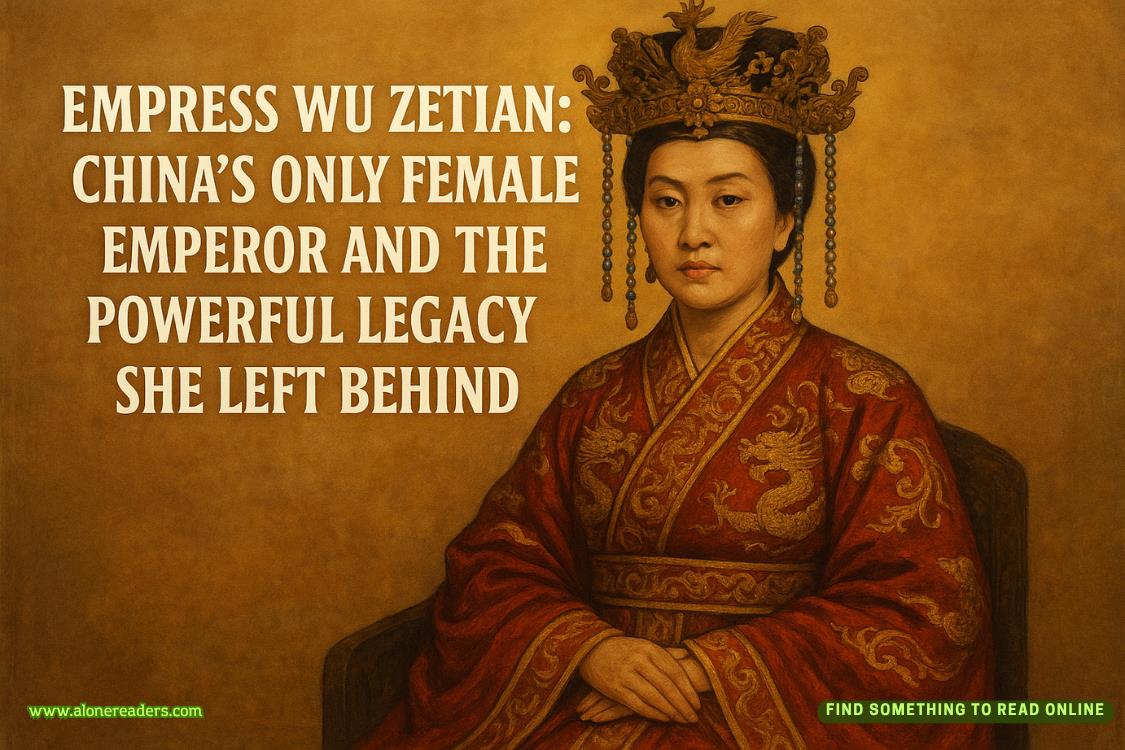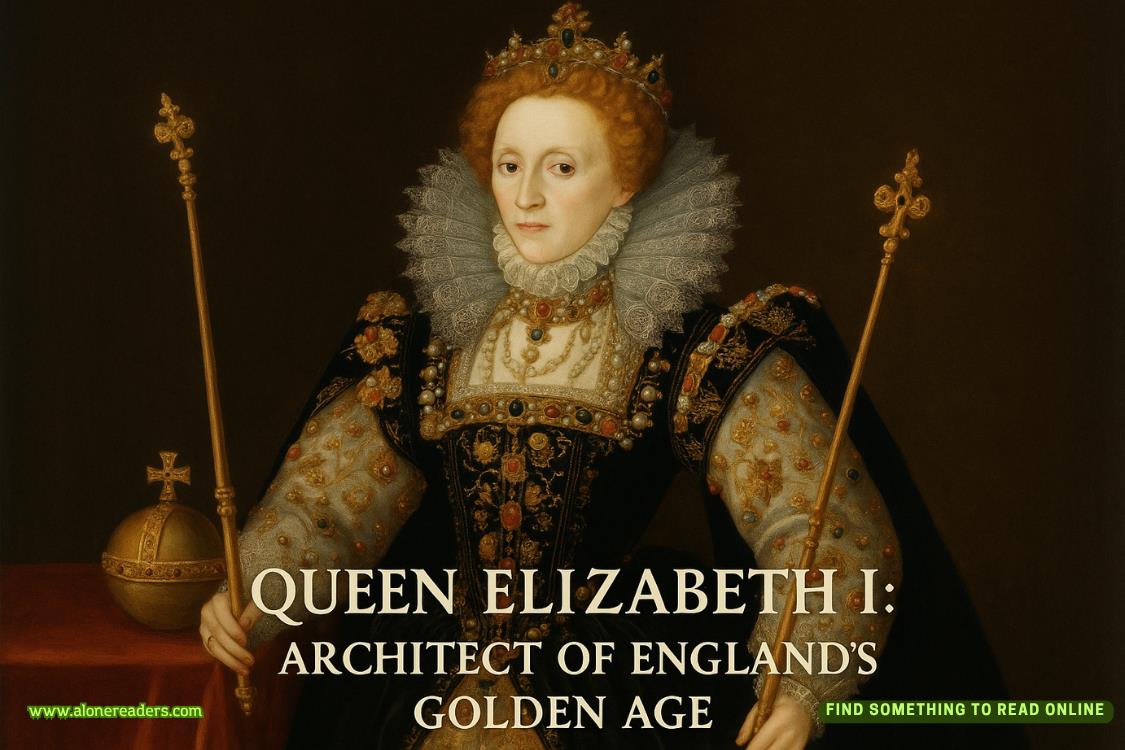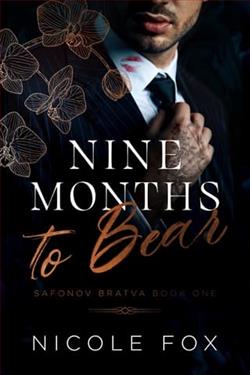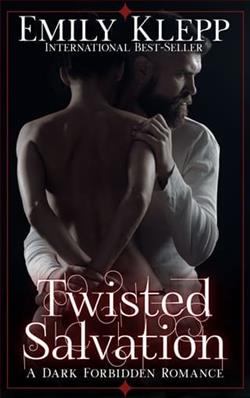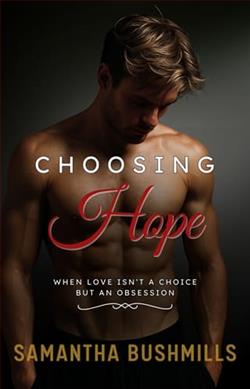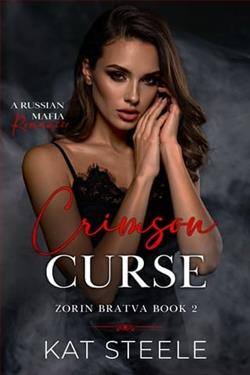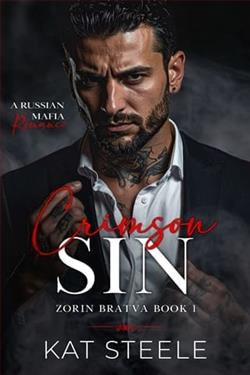Page 8 of Home Before Dark
“I don’t think so, but I’ll double-check.”
Casting one more anxious glance toward the chandelier, Janie June quickly guided us into a room to the immediate right of the vestibule.
“Parlor,” she said as we entered the circular room. It was stuffy inside, literally and figuratively. Faded pink paper covered the walls, and dust-covered drop cloths hung over the furniture. One of the cloths had fallen away, revealing a towering cherrywood secretary desk.
Jess, whose father had been in the antiques trade, rushed to it. “This has to be at least a hundred years old.”
“Probably older,” Janie June said. “A lot of the furniture belonged to the Garson family. It’s stayed with the house over the years. Which is the perfect time to tell you that Baneberry Hall is being sold as is. That includes the furniture. You can keep what you like and get rid of the rest.”
Jess absently caressed the desk’s wood. “The seller doesn’t wantanyof it?”
“Not a thing,” Janie June said with a sad shake of her head. “Can’t say I blame her.”
She then moved us into what she called the Indigo Room, which was, in fact, painted green.
“A surprise, I know,” she said. “The walls might have been indigo once upon a time, but I doubt it. The room was actually named after William Garson’s daughter and not the color.”
Janie June pointed to the fireplace, which matched the one in the great room in size and scope. Above it, also painted onto a rectangle of smooth brick, was a portrait of a young woman in a lacy purple dress. Sitting in her lap, cupped in her gloved hands, was a white rabbit.
“Indigo Garson,” Janie June said.
The painting was clearly the work of the same artist who’d done William Garson’s portrait. Both had identical styles—the delicate brushstrokes, the painstaking attention to detail. But while Mr. Garson seemed haughty and cruel, the portrait of his daughter was a vision of youthful loveliness. All luminous skin and gentle curves. Radiant to the point that the faintest bit of halo circled her crown of golden curls. It wouldn’t have surprised me to learn that the artist, whoever he was, had fallen a bit in love with Indigo as he painted her.
“The Garsons were a big family,” Janie June continued. “William and his wife had four sons, who later formed big families of their own. Indigo was the only daughter. She was sixteen when she died.”
I took a step closer to the painting, my gaze zeroing in on the rabbit in Indigo Garson’s hands. The paint there was slightly chipped—a missing fleck directly over the rabbit’s left eye that made it resemble an empty socket.
“How did she die?” I asked.
“I don’t really know,” Janie June said in a way that made me think she did.
Completely uninterested in yet another painting we couldn’t remove, Jess crossed the room, fascinated by another image—a framed photograph that poked out from under a crooked drop cloth. She picked it up, revealing a picture of a family standing in front of Baneberry Hall. Just like us, there were three of them. Father, mother, daughter.
The girl looked to be about six and was the spitting image of her mother. It helped that both had the same hairstyle—long in the back and held in place by headbands—and wore similar white dresses. Side by side, they clasped hands and stared at the camera with bright, open faces.
The father kept his distance from them, as if he had been ordered not to stand too close. He wore a wrinkled suit a few sizes too large for his frame and a look on his face that resembled a scowl.
Unpleasant expression aside, he remained undeniably handsome. Movie-star handsome, which at first made me think these people had been visitors during Baneberry Hall’s Hollywood years. Then I noticed how modern they looked, in clothes that could have been seen on the streets of any town in America. The only thingold-fashioned about them was the woman’s glasses—a pair of spectacles with round frames that made her look a bit like Ben Franklin.
“Who are they?” Jess asked.
Janie June squinted at the photo, once again trying to act as though she didn’t know, when it was clear she did. After a few more seconds of studied squinting, she said, “I believe those are the previous owners. The Carvers.”
She gave a nod toward the photo, signaling to Jess to put it back where she had found it. We continued on, the tour speeding up, making me think Janie June didn’t want us asking more questions. We were quickly shown the music room, replete with a grand piano with a wobbly leg, and a conservatory strewn with plants in various stages of decay.
“I hope one of you has a green thumb,” Janie June said breezily.
She took us upstairs via an unassuming set of servants’ steps between the dining room and the conservatory. The second floor was devoted to several bedrooms and a spacious bathroom at the end of the hall.
Jess, who for years had bemoaned the lack of space in our apartment in Burlington, lingered in the master suite, which occupied the second-floor curve of the turret and boasted both a sitting room and an adjoining bathroom.
I was more taken with an area on the other end of the hall. The bedroom with the slanted ceiling and towering armoire seemed perfect for Maggie. I suppose it was the canopied bed that made me think that. It was just the right size for a girl her age.
“The armoire is one-of-a-kind,” Janie June said. “William Garson had it made special as a gift to his daughter. This was her bedroom.”
Jess examined it with the appraiser’s eye she inherited from herfather. “This is all hand-carved?” she said while running a hand over the cherubs and ivy that scaled the armoire’s corners.
“Of course,” Janie June said. “Very rare and, most likely, very valuable.”




